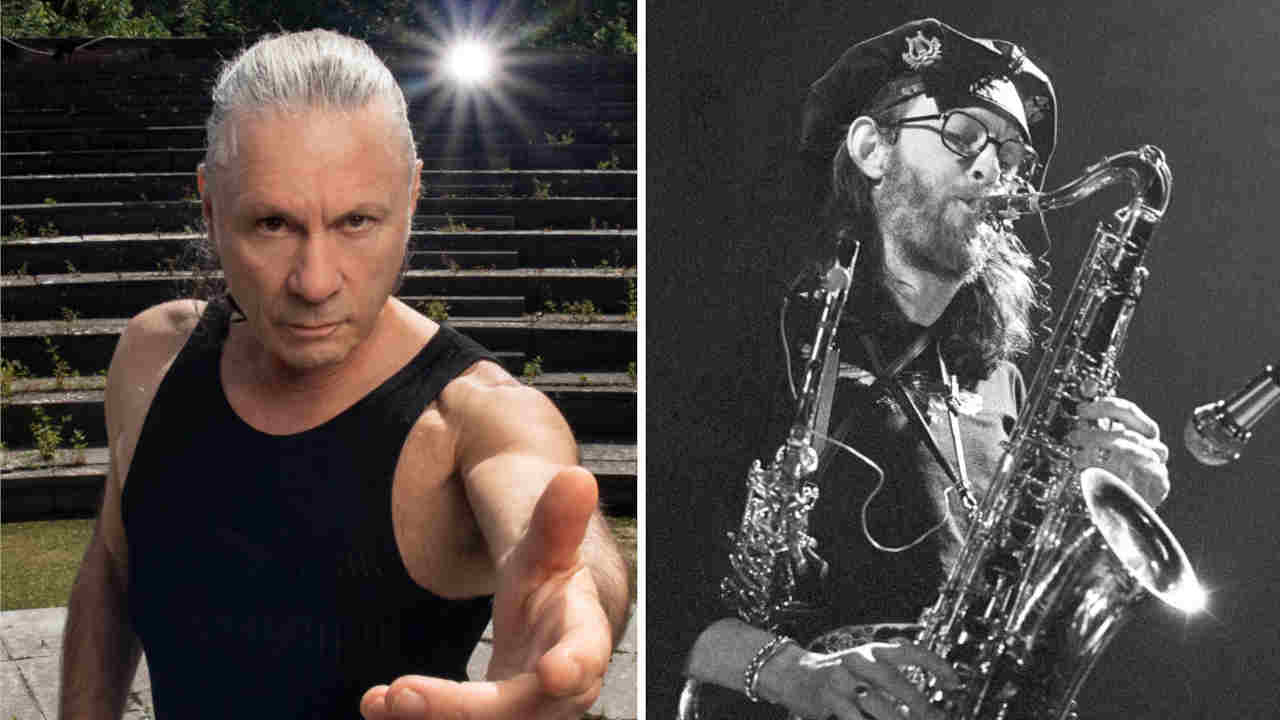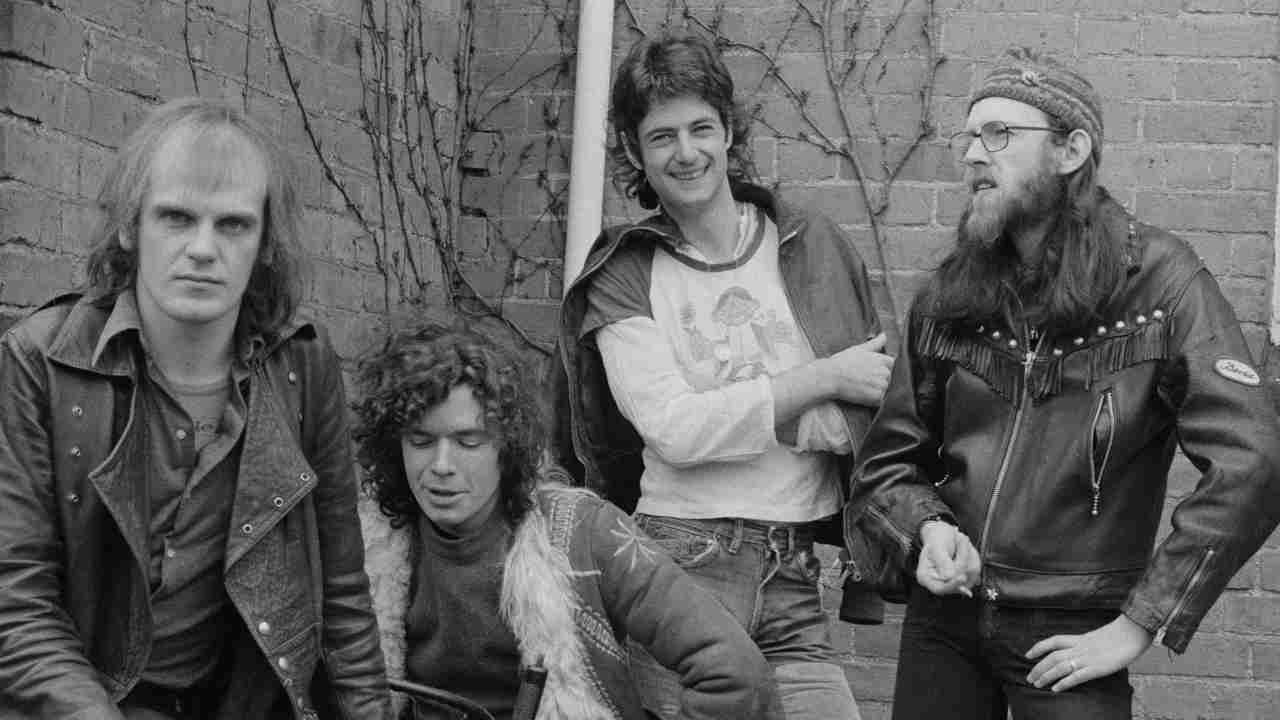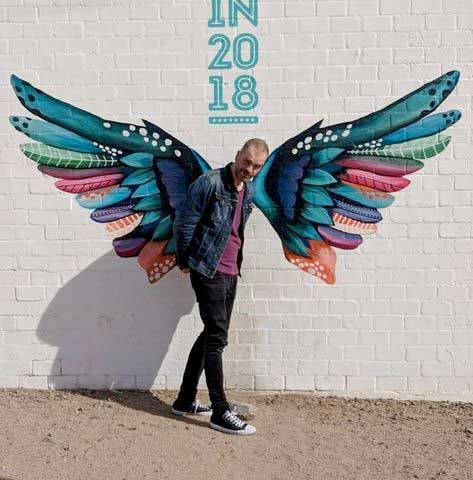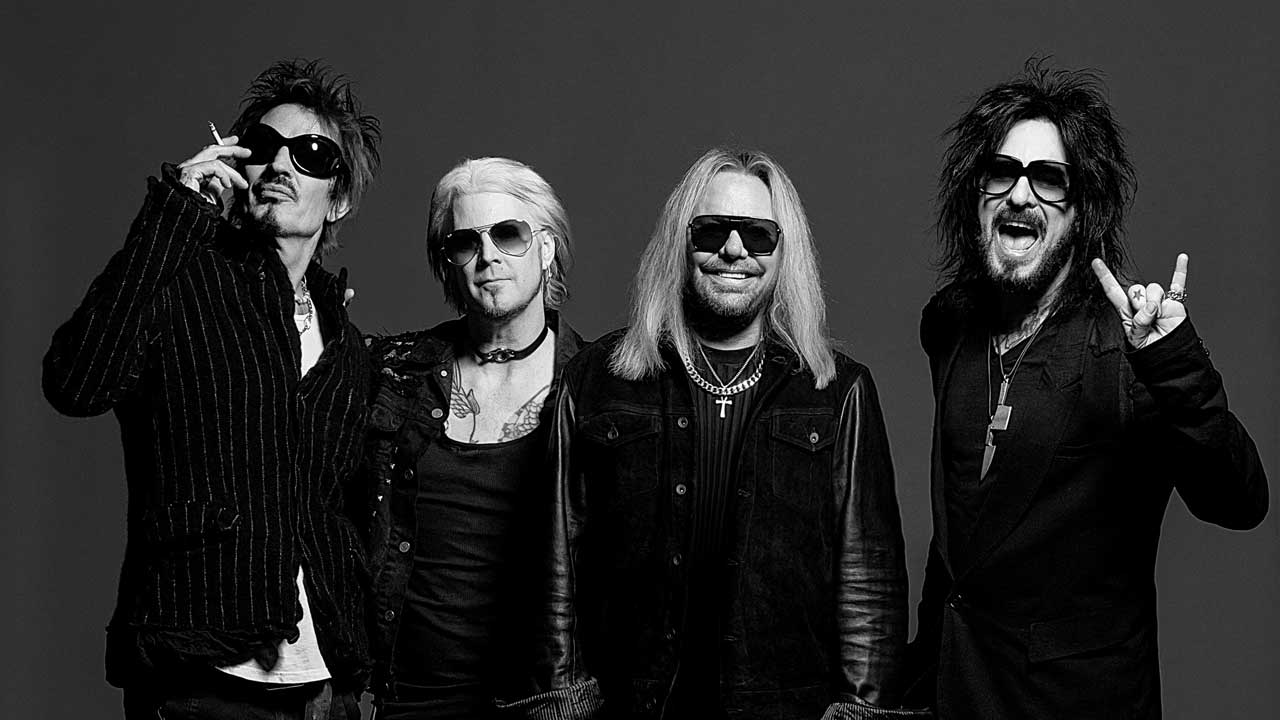“Let me just put this record on and clear the room! Or play it to a girlfriend and then wonder why she threw herself out the window”: Iron Maiden’s Bruce Dickinson on the cult prog rock mavericks who inspired him – but were too out-there to be successful
They played a gig at Bruce Dickinson’s school when he was 15 years old

Iron Maiden may be one of the planet’s biggest metal bands, but they’ve never made any secret of their progressive rock influences.
Maiden bassist and founder Steve Harris grew up listening to such prog giants Genesis and Jethro Tull, and Maiden covered the latter’s 1971 classic Cross-Eyed Mary on the b-side of their own 1983 single The Trooper.
They went even further the following year, showing off their progressive rock bona fides with covers of Rainbow’s Gold by cult British prog act Beckett on the b-side of the 2 Minutes To Midnight single and tackling King Of Twilight by the equally obscure German-based ex-pat Brits Nektar on follow-up single Aces High.
Singer Bruce Dickinson, who joined Maiden in late 1981, grew up listening to many of the same prog bands as Harris. Jethro Tull, especially, were a big influence – specifically 1971’s Aqualung album, which featured Cross-Eyed Mary.
“Aqualung was a big go to [album],” he told Loudwire in 2024. “What a great record, great lyrics… he [Tull frontman Ian Anderson] was a great storyteller with his lyrics. He had a kind of a folk tradition thing going on in the background. Folk songs tell stories, they’re the original rock’n’roll storytelling.”
But there was another, altogether spikier prog band who galvanised the young Dickinson’s imagination, in part because of a personal connection.
Van der Graaf Generator were formed in Manchester in 1967 by singer and multi-instrumentalist Peter Hammill and drummer Chris Judge Smith.
They were part of the first wave of progressive rock, thanks to albums such as 1969’s The Aerosol Grey Machine, 1970’s The Least We Can Do Is Wave to Each Other and 1971’s visionary Pawn Hearts, an album that featured dizzying 23-minute prog blow-out A Plague Of Lighthouse Keepers.
Van der Graaf Generator, aka VdGG, were more abrasive than boundary-pushing peers such as Yes and Genesis, thanks to Hammill’s high-tension vocals and the presence of saxophone player David Jackson.
That maverick streak could explain why VdGG never achieved much commercial success in the UK or US, but it was one of the things that caught the attention of young Bruce Dickinson.
“Absolutely,” he told Classic Rock in 2024. “‘Let me just put this record on, and clear the room!’ Or play it to a potential girlfriend and then wonder why she threw herself out the window. But I was playing Van Der Graaf’s H To He, Who Am The Only One and Pawn Hearts to death, along with Purple and Sabbath.”
But there was another aspect of the band that was even closer to home.
“Peter Hammill was an old boy at my school, and so was David Jackson I believe,” he told Classic Rock in 2011. “They put VdGG together there, and they played a gig at the school when I was 15 years old.
“A VDGG album such as Pawn Hearts is not a million miles away from Maiden stuff such as [1984’s lengthy] Rime Of The Ancient Mariner.”

Dickinson also revealed that he smuggled a Van der Graaf Generator easter egg into a 21st century Maiden classic
“I have to confess there’s a bit of a nod to VdGG on [Maiden’s 2006 album] A Matter Of Life And Death. On Brighter Than A Thousand Suns there’s a line that goes: 'Whatever would Robert have said to his God/About how we made war with the sun.’
“There’s a track called Whatever Would Robert Have Said on VDGG’s The Least We Can Do Is Wave To Each Other.”
The ‘Robert’ in question is US scientist Robert Oppenheimer, the so-called father of the atomic bomb, as played by Cillian Murphy in the Oscar-winning 2023 movie Oppenheimer.
“Albert Einstein once made a comment about the arms race: ‘Every step appears to be the unavoidable consequence of the preceding one, and in the end there beckons more and more clearly total annihilation,’” continued Bruce.
“Well, Hammill used those exact words at the end of another VdGG track, After The Flood. And I mention Einstein’s theory E=MC2 on Brighter Than A Thousand Suns. So it’s all bomb-related, really.”
Van der Graaf Generator themselves never truly rose above cult band status. Their career was erratic: they split in 1972, only to reform three years later, then split again in 1978.
Peter Hammill would pursue a solo career for much of the 80s and 90s, but VdGG unexpectedly reunited once more in 2005. This time, the return has held – they’ve released a five albums since then, the most recent of which was 2016’s Do Not Disturb.
Dave Everley has been writing about and occasionally humming along to music since the early 90s. During that time, he has been Deputy Editor on Kerrang! and Classic Rock, Associate Editor on Q magazine and staff writer/tea boy on Raw, not necessarily in that order. He has written for Metal Hammer, Louder, Prog, the Observer, Select, Mojo, the Evening Standard and the totally legendary Ultrakill. He is still waiting for Billy Gibbons to send him a bottle of hot sauce he was promised several years ago.
You must confirm your public display name before commenting
Please logout and then login again, you will then be prompted to enter your display name.


